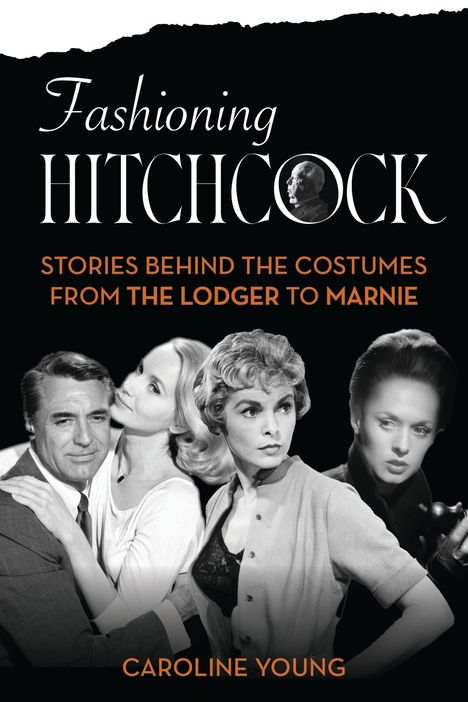Caroline Young: Fashioning Hitchcock, Gebunden
Fashioning Hitchcock
- Stories Behind the Costumes from the Lodger to Marnie
Sie können den Titel schon jetzt bestellen. Versand an Sie erfolgt gleich nach Verfügbarkeit.
- Verlag:
- Bloomsbury Academic, 06/2026
- Einband:
- Gebunden
- Sprache:
- Englisch
- ISBN-13:
- 9798881807313
- Artikelnummer:
- 12511865
- Umfang:
- 240 Seiten
- Gewicht:
- 454 g
- Maße:
- 229 x 152 mm
- Stärke:
- 25 mm
- Erscheinungstermin:
- 11.6.2026
- Hinweis
-
Achtung: Artikel ist nicht in deutscher Sprache!
Klappentext
A tribute to and examination of the contributions of costume designers to Hitchcock's illustrious film career. With his keen artist's eye, Alfred Hitchcock's genius as a director lay in the visual universe he developed across a six-decade career. In the many unforgettable moments from his movies, it's the costume that enhances the storytelling; Tippi Hedren cowering from a mass of angry birds in her torn green dress, Cary Grant in a glen-check suit as he escapes a crop duster, and Kim Novak emerging from green mist in her ghost-like gray suit.
In Fashioning Hitchcock , Caroline Young details Hitchcock's relationships with his costume designers to create an identifiable aesthetic through clothing. Using archival material, Young paints the full picture of the use of costume in Hitchcock's movies, and his key relationships with designers, producers, and actors to delve into the visual language, the obsessions, and the quest for beauty that defined his six-decade career. While the legendary Edith Head designed twelve of his fifty-five films, Hitchcock also worked with some of the most celebrated of costume designers. But with his clear focus, from the beginning of his career Hitchcock worked hands-on to shape the style of his leading ladies, heroes and villains.
For Hitchcock, clothes were a tool for suspense. In North by Northwest , Eva Marie Saint's shawl catches on brambles as she tries to escape pursuers. Tippi Hedren's taupe shoe slips from her pocket in Marnie in her efforts to sneak out of an office after robbing the safe. Young also touches on how Hitchcock set out to appeal to a female audience, revealing his leading ladies' wants and desires as they navigated their place in the world. This is an essential addition to any Hitchcock fan's bookshelf and insightful exploration of the role of costume design in filmmaking.


